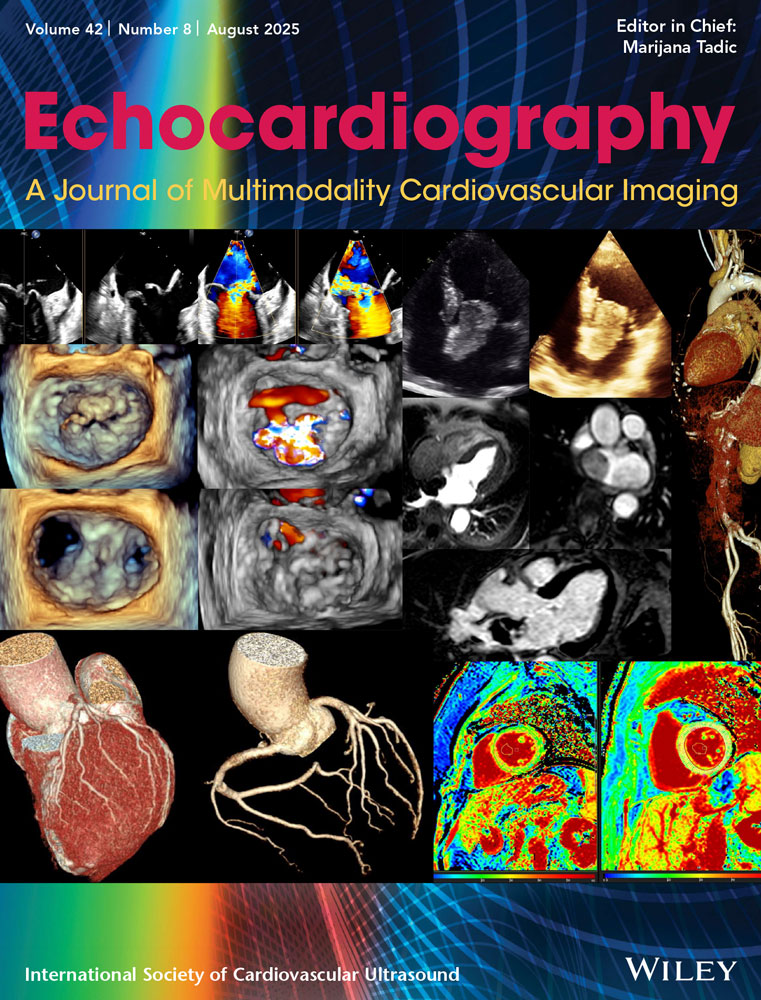Evaluation of Ventricular Septal Defect Repair Using Intraoperative Transesophageal Echocardiography: Frequency and Significance of Residual Defects in Infants and Children
Abstract
Intraoperative transesophageal echocardiography (IOTEE) is commonly used to assess for residual defect and the need to return to bypass after repair of ventricular septal defect (VSD). The frequency and significance of residual septal defects as noted on IOTEE has not been well defined. We evaluated the frequency of residual VSD via IOTEE and the relationship between size of a residual VSD and rate of reoperation. In addition, we looked at the relationship between the presence of a residual VSD via IOTEE and the presence of residual VSD at follow-up transthoracic echocardiography (TTE). Residual VSD was measured via the largest width of the Doppler color jet diameter originating at the left ventricular septal surface. Of the 294 patients evaluated with IOTEE after VSD repair, one-third had a residual defect by IOTEE Doppler color flow mapping. Two-thirds of these defects closed spontaneously on TTE by the time of hospital discharge. There was no difference in frequency of residual VSD between simple (VSD closure alone, n = 90) and complex (VSD with associated lesions, n = 204) repair. Return to bypass with immediate reoperation was undertaken in nine patients, all of whom had significant shunt via oximetry (Qp/Qs > 1.5:1.0). All had residual VSD color jet diameters > 3 mm. Seven patients had residual color jet equal to 3 mm; however, hemodynamic studies did not reveal a significant shunt and none of these had reoperation. Seven patients with no VSD or < 3 mm residual VSD via had late reoperation to close residual VSD at 4 days to 5 months after initial operation. These were due to patch dehiscence or development of an “intramural” VSD in patients with conotruncal anomaly. A residual defect on IOTEE color Doppler measuring ≥ 4 mm predicts the need for immediate reoperation, while a 3 mm defect may be significant and requires additional intraoperative hemodynamic evaluation. The majority of small defects noted on IOTEE are not present at discharge TTE. Patients with conotruncal defect repair should be followed closely for development of late significant “intramural” defects.




